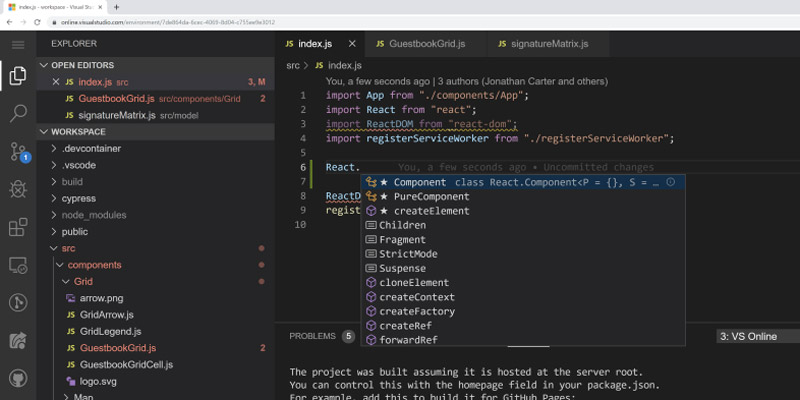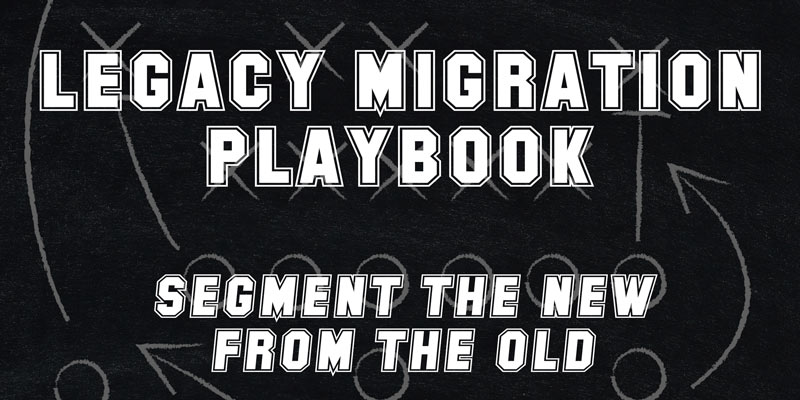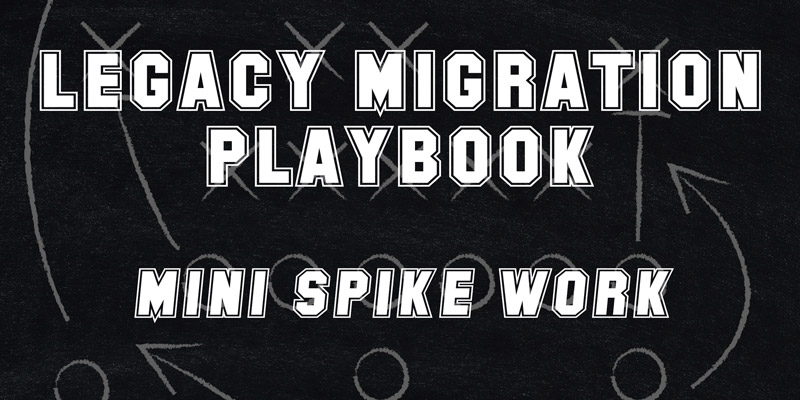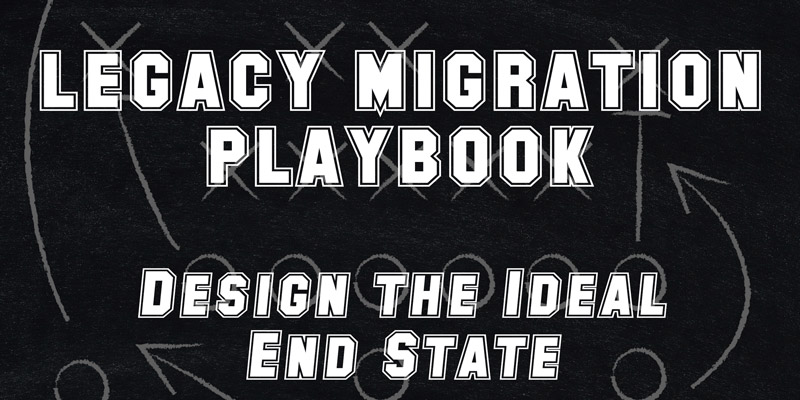
The Case for Strict and Opinionated Style Guides or: The “Because I Said So” Approach
Developers come and go throughout the life of a project, and they all tend to have their own personal coding nuances. With no style guide, no standardization, no rules, no linter, no style cop, etc., the codebase’s style – or lack-there-of – will inevitably become quite messy. Indeed, “messy” is in the eye of the…
Read more…

Wither .NET Core 3.0: A Rant
Begin mini-rant… I am a huge fan of .NET. I have worked in .NET all the back in the v1.1 days. I enjoyed it then, and I enjoy it now. But I have a bone to pick with the .NET Core team. .NET Core is evolving faster than .NET Framework ever did. This fast-paced evolution…
Read more…

Visual Studio Online: A Preview
I have often said that Visual Studio is Microsoft’s best product. But recently, they created Visual Studio Code, which ironically is giving “regular” Visual Studio a run for its money. While I still think VS is better in most ways, VS Code does have some advantages, particularly when it comes to JavaScript development. But now…
Read more…

Legacy Migration Playbook – Start Over
“Never give up, never surrender!” – Galaxy Quest Ironically, I think developers are quick to move to a “start over” mindset, especially when they’re working on legacy migrations. When it becomes difficult to arrive at a working solution, it is easy to assume that the whole endeavor is too difficult and that the team should…
Read more…

Legacy Migration Playbook – Segment the New from the Old
So far, we have covered five “plays” we can run during a legacy migration. These plays can be used independently, or they can be used together; it all depends upon the situation. Each solution/situation is somewhat unique. Each legacy project requires a different approach. Sometimes the right answer is to leave the existing solution in…
Read more…

Legacy Migration Playbook – Determine a Migration Strategy / Strangle
Martin Fowler is held in high regard around our office. Two of his creations are referenced a lot: the idea of design stamina hypothesis and his strangler pattern for legacy migration. When we engage in work on a legacy application, the strangler pattern often comes up. Ironically, we will refer to it as the strangler…
Read more…

Legacy Migration Playbook – Add Some Unit Tests
Rarely do legacy systems have any sort of automated testing in place. Usually, all testing has been completed manually on the project. And when this is the case there often isn’t an obvious spot in the solution to add a unit test. Adding tests to an existing project can be extremely painful. There is a…
Read more…

2019: A Year in Review
2019 was another fun and productive year here at Don’t Panic Labs. As I look back, I’m a bit surprised by how many projects we completed and the number of clients we were able to help by creating value for their businesses. Here are what I see as highlights of 2019. (More) to the Cloud…
Read more…

Legacy Migration Playbook – Mini Spike Work
Working in a legacy system runs the gamut of difficulty: it can be easy, sometimes challenging, and other times almost impossible. It is hard to know which of these experiences you will face until you get in there and do a little work. If you already have a good understanding of the legacy system you’re…
Read more…

Legacy Migration Playbook – Design the Ideal End State
“If you don’t know where you are going you might end up somewhere else.” – Yogi Berra One of the critical challenges with legacy systems is not having a clear goal in mind. Knowing where you want to end up is essential for a few reasons. First, it provides you and your team with a…
Read more…
